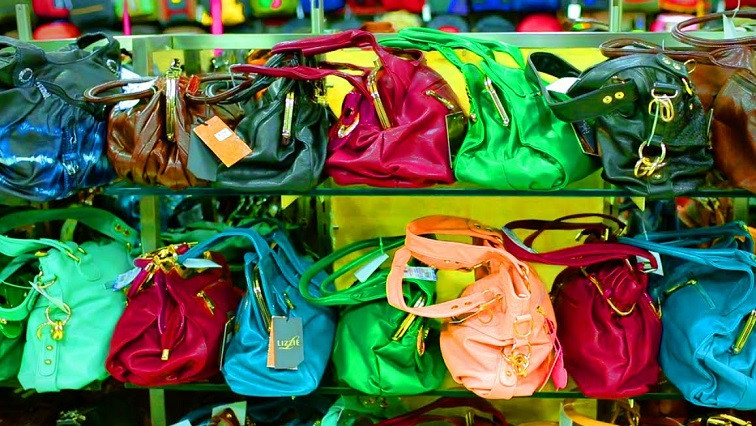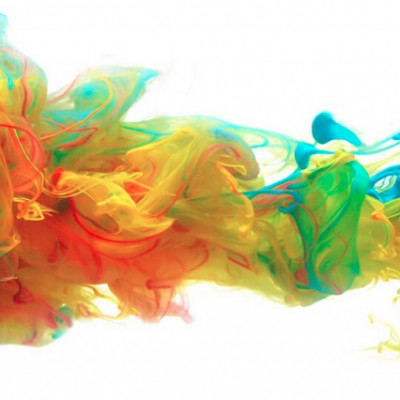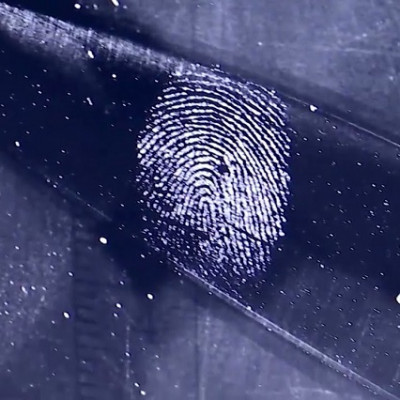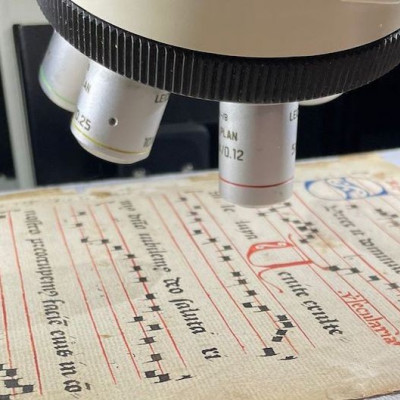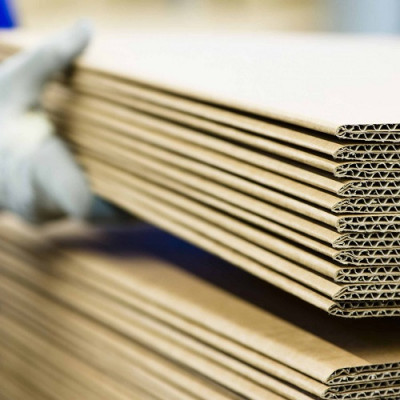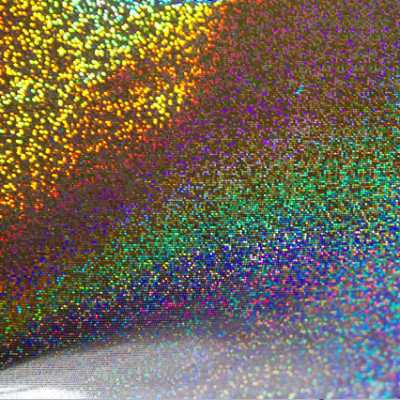In ancient Roman mythology, Janus was the two-faced god of transitions. Similarly, so-called Janus balls are microspheres that have two sides with distinct properties. Shin-Hyun Kim and colleagues wanted to make Janus balls out of two unmixable resins: one that contained magnetic nanoparticles, and another that contained silica particles.
The magnetic side of the ball would also contain carbon black, causing that hemisphere to appear dark, whereas the silica particles on the other side of the ball would self-assemble into a crystalline lattice, producing structural colors. The result would be tiny balls that normally have their black sides facing up, except when a magnetic field causes them to flip to their colorful sides.
To make Janus balls, the researchers used a microfluidic device to unite drops of the two resins, with a surfactant added to stabilize the joined drops into a spherical shape. Because the silica-containing colored side of the drops was heavier than the black magnetic side, the force of gravity caused the black side to spontaneously face upward, like a roly-poly toy, when the balls were placed in water.
Then, the researchers permanently aligned the magnetic nanoparticles in the balls in the same direction. By applying a magnetic field in the opposite direction, they could flip the balls to their colored sides. The researchers made red and green Janus balls by using different sizes of silica particles, with their magnetic nanoparticles aligned in opposite directions.
By changing the direction of the applied magnetic field, they could change the colors of 3D-printed chameleon and butterfly shapes. Using different colors and orientations of Janus balls in inks could produce sophisticated, user-interactive anti-counterfeiting tags, the researchers say.
Read the original article on American Chemical Society (ACS).

